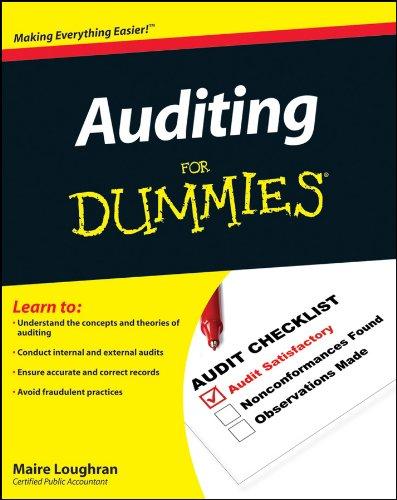
Kitchen Supply, Inc. (KSI), manufactures three types of flatware: institutional, standard, and silver. It applies all indirect costs according to a predetermined rate based on direct labor-hours. A consultant recently suggested that the company switch to an activity-based costing system and prepared the following cost estimates for year 2 for the recommended cost drivers. Recommended Cost Driver Number of orders Number of production runs Pounds of materials used Estimated Cost $ 39,375 190,000 300,000 Estimated cost Driver Activity 175 orders 100 runs 120,000 pounds Activity Processing orders Setting up production Handling materials Machine depreciation and maintenance Performing quality control Packing Total estimated cost Machine-hours Number of inspections Number of units 273,000 54,400 100,000 $956,775 13,000 hours 40 inspections 500,000 units In addition, management estimated 7,800 direct labor-hours for year 2. Assume that the following cost driver volumes occurred in January, year 2. Institutional 59,000 $35,000 460 13 3 15,000 590 2 Silver 8,000 $13,000 560 7 Number of units produced Direct materials costs Direct labor-hours Number of orders Number of production runs Pounds of material Machine-hours Number of inspections Units shipped Standard 24,000 $22,000 420 9 4 7,000 150 4 24,000 3,100 80 59,000 8,000 Actual labor costs were $15 per hour. Required: a. (1) Compute a predetermined overhead rate for year 2 for each cost driver using the estimated costs and estimated cost driver units prepared by the consultant. (2) Compute a predetermined rate for year 2 using direct labor-hours as the allocation base. b. Compute the production costs for each product for January using direct labor-hours as the allocation base and the predetermined rate computed in requirement a(2). c. Compute the production costs for each product for January using the cost drivers recommended by the consultant and the predetermined rates computed in requirement a. (Note: Do not assume that total overhead applied to products in January will be the same for activity-based costing as it was for the labor-hour-based allocation.)







